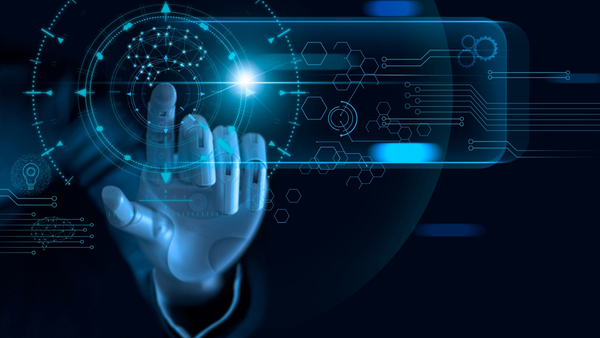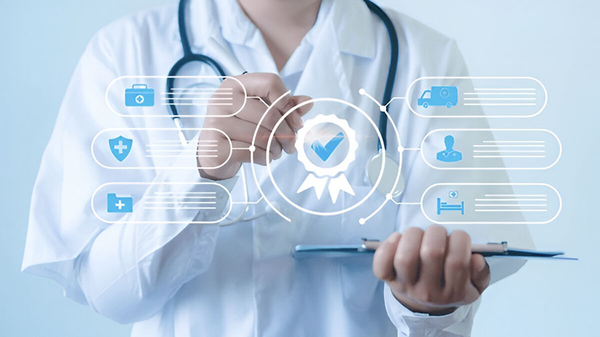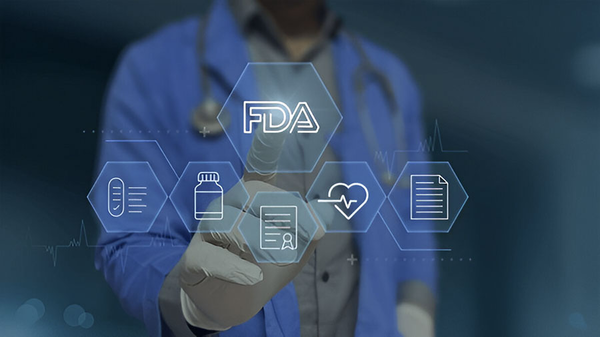Dental laboratories and patients rarely meet face-to-face, yet labs consistently deliver beautiful, well-fitting dental restorations. The key tool enabling this is the dental impression—a precise record of a patient’s mouth, which guides the creation of crowns, bridges, veneers, and dentures.
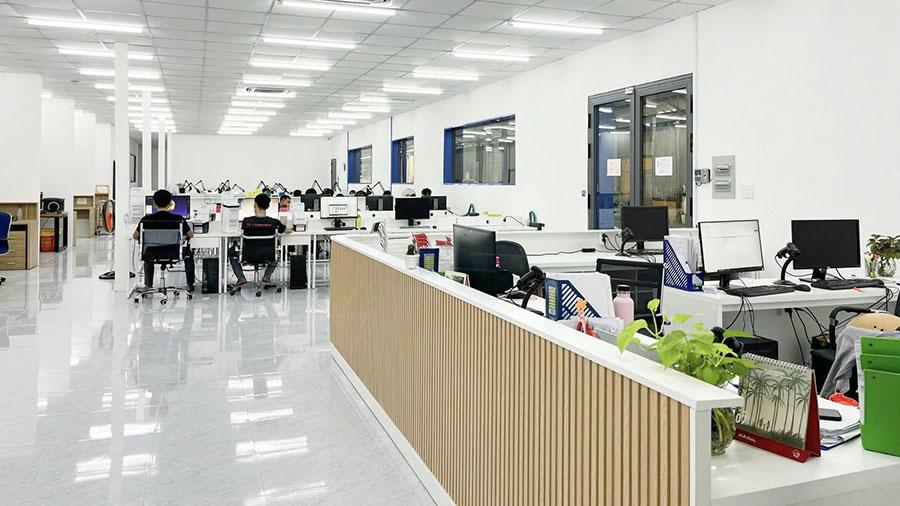
Table of contents [Show]
Dental laboratories and patients rarely meet face-to-face, yet labs consistently deliver beautiful, well-fitting dental restorations. The key tool enabling this is the dental impression—a precise record of a patient’s mouth, which guides the creation of crowns, bridges, veneers, and dentures.
There are two main types of dental impressions
Traditional Impressions: A manual method using physical materials.
Digital Impressions: A modern, technology-driven approach.
Let’s explore why digital dental impressions are increasingly favored by both dental labs and patients.
What Is a Digital Dental Impression?
A digital dental impression uses an intraoral scanner to capture detailed, three-dimensional images of the patient’s teeth and gums. This data is instantly transferred to a computer, creating a virtual model of the mouth—including complex and soft tissues.
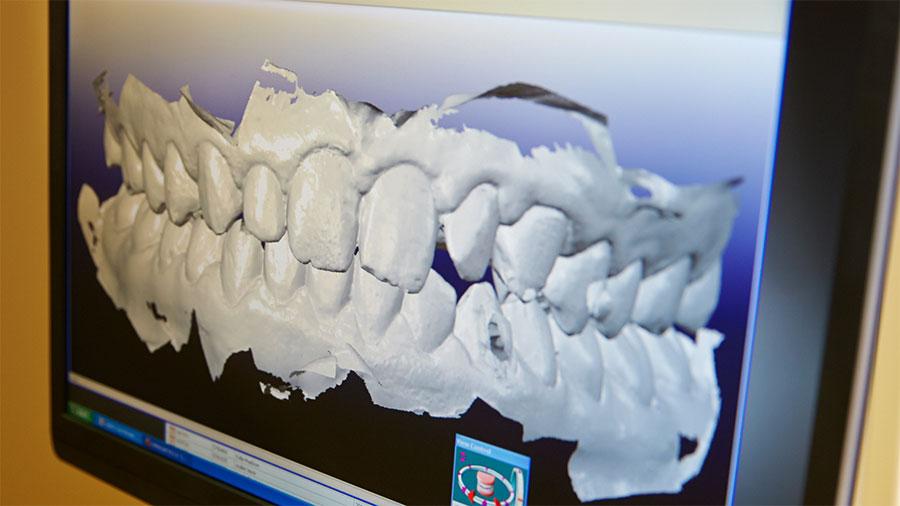
Benefits for Patients
Comfort: No need for messy impression materials or trays.
Speed: The scanning process typically takes just 3–5 minutes.
Visualization: Patients can view clear, detailed images of their teeth during treatment.
Faster Results: Digital files are sent instantly to the lab, speeding up the entire process.
What Is a Traditional Dental Impression?
In the traditional method, the dentist places a tray filled with impression material (such as alginate or silicone) into the patient’s mouth to create a mold. This physical impression is then sent to the dental lab, where technicians pour plaster to form a working model for restoration fabrication.
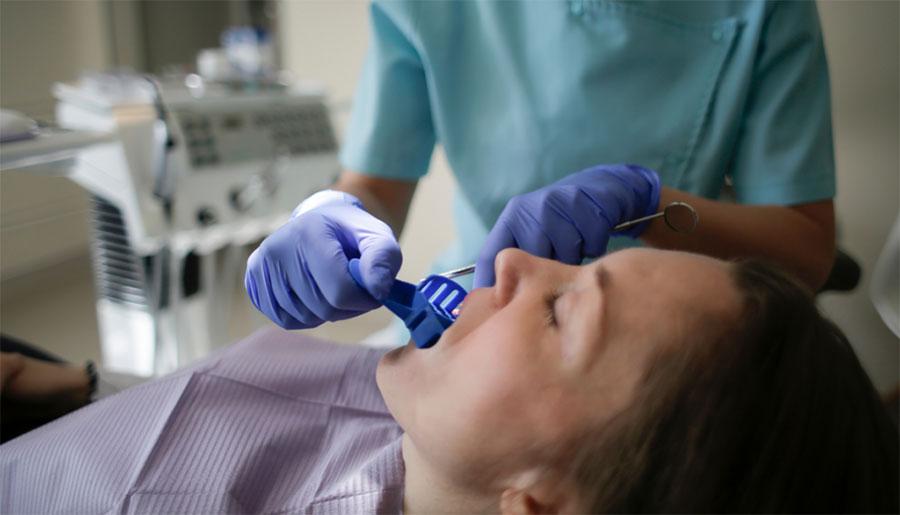
Drawbacks for Patients
Discomfort: The process can trigger gag reflexes or cause nausea.
Odor & Taste: Some materials have unpleasant smells or tastes.
Accuracy Issues: Movement or improper technique can lead to distortions, - affecting the final restoration.
Why Do Modern Dental Labs Prefer Digital Impressions?
Advantages for Patients
Enhanced Comfort: Especially beneficial for those with sensitive gag reflexes or dental anxiety.
Time-Saving: Quick scans and immediate data transfer mean faster turnaround times.
Transparency: Patients can see their dental scans and better understand their treatment.
Advantages for Dental Laboratories
Speed: Digital impressions are transmitted instantly, allowing labs to begin fabrication the same day. Traditional impressions can take 1–5 days to ship.
Accuracy: Digital scans provide highly precise data, resulting in restorations that fit better and require fewer adjustments.
Reliability: Digital files are easy to store, retrieve, and share, reducing the risk of lost or damaged impressions.
Eco-Friendly: Eliminates the need for disposable trays and impression materials, reducing waste.
Consistency: Fewer errors from material distortion or shipping mishaps.
Digital Dental Impression at Xdent Dental Lab
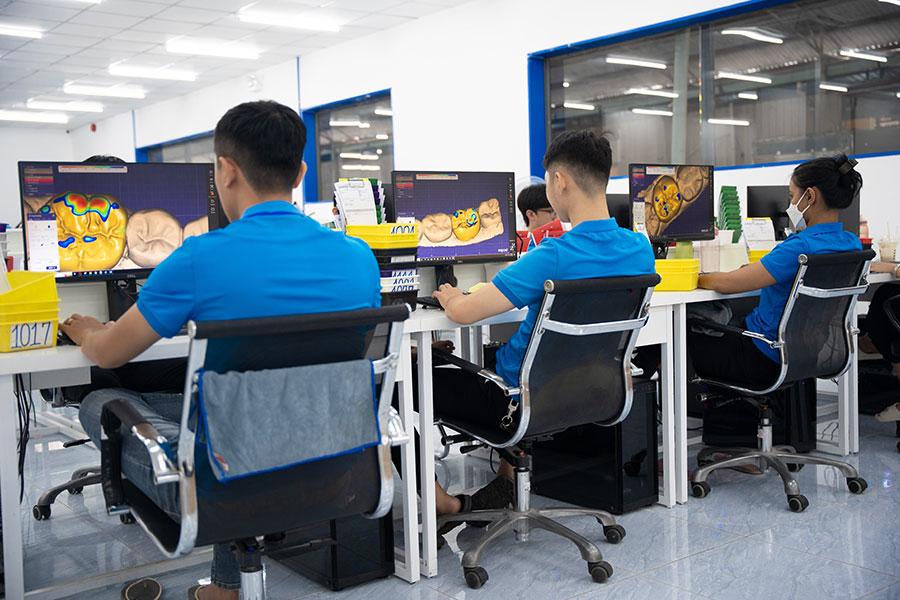
At XDENT LAB, we embrace the future of dental technology. Our lab accepts files from all major digital impression systems—including Sirona CEREC, iTero, 3Shape TRIOS, and 3M True Definition. This allows us to craft high-quality, accurately fitting restorations from a wide range of materials.
Interested in learning more about our digital dental services?
Contact Xdent Dental Lab today for consultation and partnership opportunities.
XDENT LAB is an expert in Lab-to-Lab Full Service from Vietnam, with the signature services of Removable & Implant, meeting U.S. market standards – approved by FDA & ISO. Founded in 2017, XDENT LAB has grown from local root to global reach, scaling with 2 factories and over 100 employees.. Our state-of-the-art technology, certified technicians, and commitment to compliance make us the trusted choice for dental practices looking to ensure quality and consistency in their products.
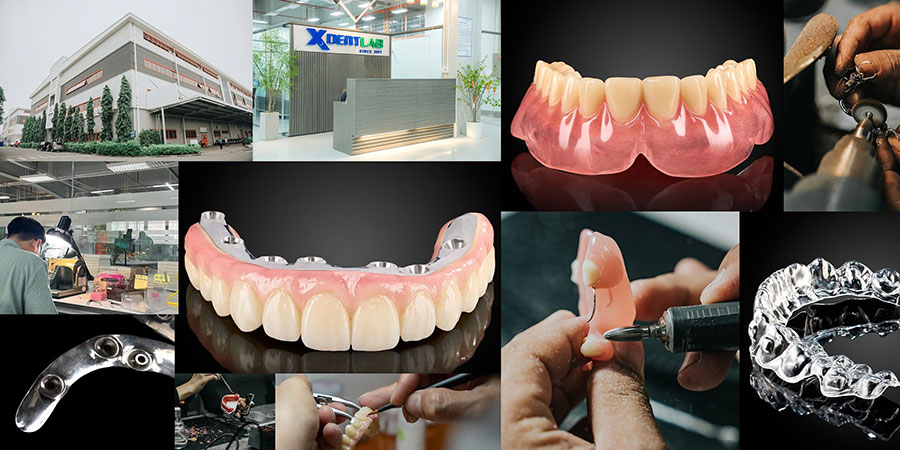
Our commitments are:
100% FDA-Approved Materials.
Large-Scale Manufacturing, high volume, remake rate < 1%.
2~3 days in lab (*digital file).
Your cost savings 30%.
Uninterrupted Manufacturing 365 days a year.
Contact us today to establish a strategy to reduce operating costs.
--------❃--------
Vietnam Dental Laboratory - XDENT LAB
🏢 Factory 1: 95/6 Tran Van Kieu Street, Binh Phu Ward, Ho Chi Minh City, Vietnam
🏢 Factory 2: Kizuna 3 Industrial Park, Can Giuoc Commune, Tay Ninh Province, Vietnam
☎ Hotline: 0919 796 718 📰 Get detailed pricing
Share this post:

